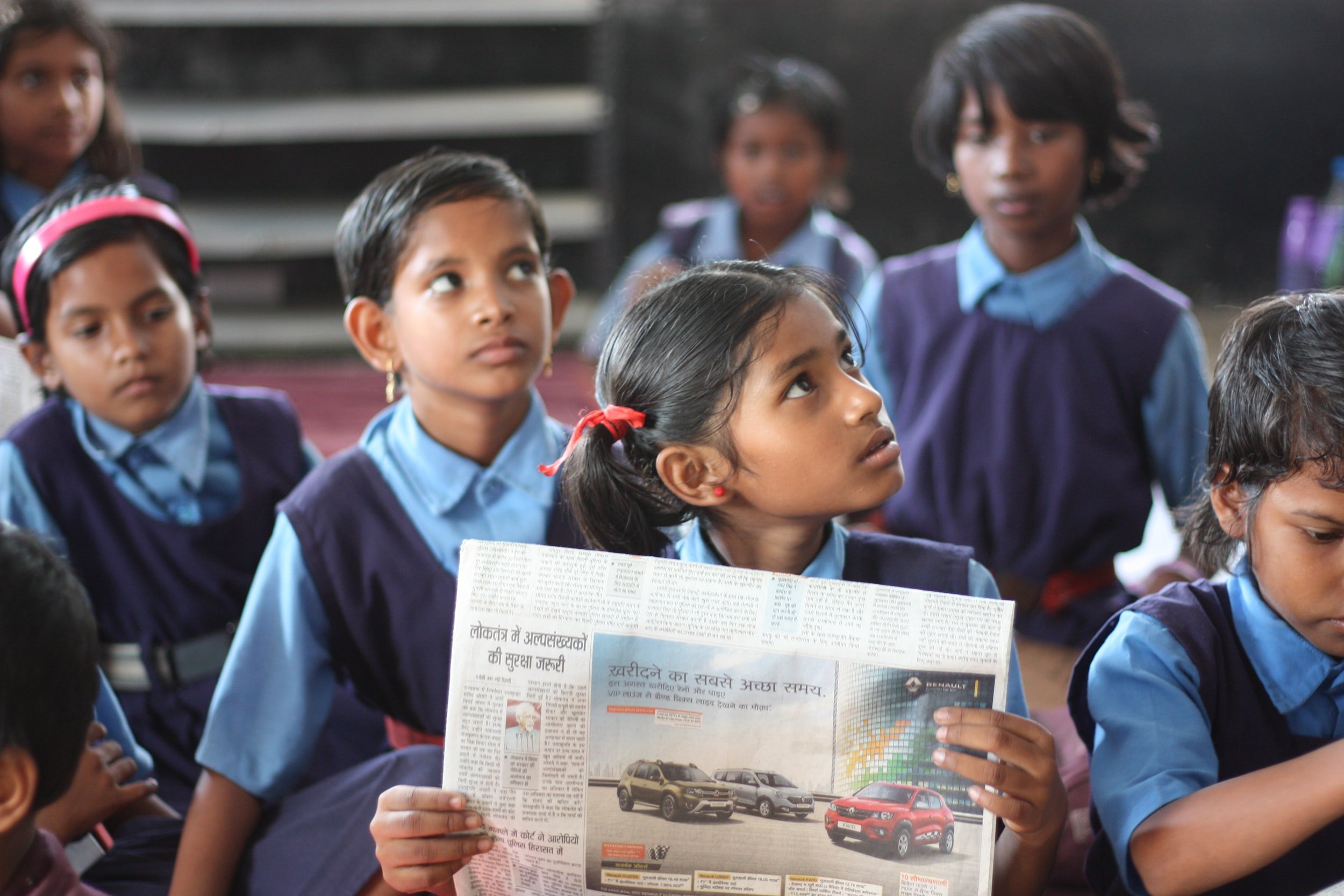Background
In the Indian media landscape, the phrase ‘journalistic privilege’ takes on a new meaning entirely - especially when it comes to English-language media in this country, there exists a serious lack of diversity and inclusion. According to a study published in the Economic and Political Weekly journal, India’s mainstream media is overwhelmingly dominated by upper-caste, upper-class journalists. While the media has grown increasingly democratized due to the proliferation of digital platforms with lower barriers to entry, the overall trend of domination by the privileged has remained firmly in place.
Beyond the lack of diversity, there are also serious issues relating to the treatment of journalists from SC, ST, and OBC backgrounds in media spaces. According to a report published by The Wire, individuals from these backgrounds regularly face workplace prejudice and discrimination, both in personal and professional interactions.
The need for a more diverse and inclusive media ecosystem cannot be understated - as one of the primary spaces for social, political, and economic discourse, we are doing a grave injustice to vast swathes of the population by failing to represent them in the national English-language media. According to the World Economic Forum, diversity in the news media helps offer a greater range of perspectives, addresses concerns relating to sensitivity, helps build trust among the wider public, and can even make news organizations more profitable!
